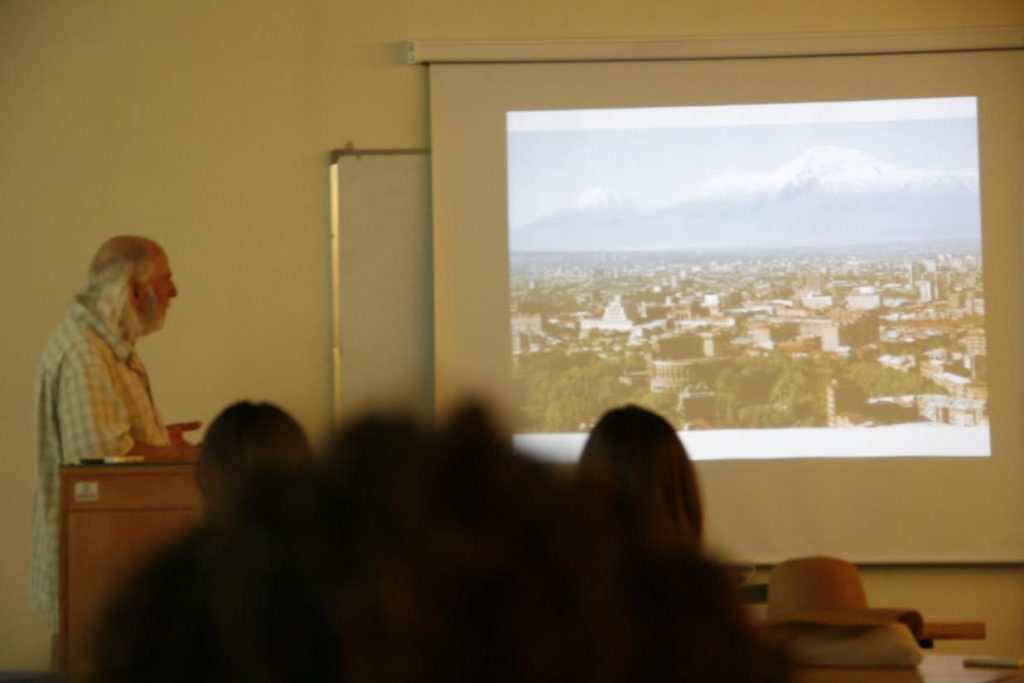In its sixth annual summer program, the Armenian Higher Education Initiative (AHEI)—in cooperation with the American University of Armenia (AUA) and the Calouste Gulbenkian Foundation—undertook an intensive examination of the concept of “homo sovieticus” and how this idea can be approached from a wide variety of angles. The program brought together 20 exceptional graduate students in the fields of anthropology, sociology, ethnography, philology, oriental studies, Middle Eastern studies, international law, and history, from universities in Armenia, the United States, Russia, and India. The program also brought together leading experts in a similar range of fields.

The AHEI continues to both build upon its existing programs, and also develop new partnerships in its effort to bring exceptional higher education programs to leading Armenian scholars worldwide.
Seminar and lecture topics included the fundamentals of archival research, migration in the Soviet period, gender movement and policy throughout the Soviet period, Yerevan city planning and its reflection of Soviet ideology, the role of the church during the Soviet period, and other related aspects of Soviet and post-Soviet life.
Participants met with researchers at the National Archives, and they had the opportunity to view and discuss Tigran Paskevichyan’s documentary film on the post-World War II repatriation movement and subsequent Stalinist repression with the film’s creator. In addition, participants met with Hazel Antaramian Hofman, the daughter of post-war repatriates, who shared her family experience with the group and provided invaluable insight into the harsh reality experienced by repatriating families during this period.
Participants will spend the upcoming months conducting group research projects, the topics for which were discussed in formal presentation sessions at the end of the program. Groups will investigate such topics as the role of repatriates in de-conditioning Soviet practices; public practices and the ideologies that influenced those practices; the reality versus official rhetoric of Stalinist purges; and how neighboring countries, including Turkey, were represented in Soviet Armenian textbooks from the 1930’s to the 1970’s.
The AHEI continues to both build upon its existing programs, and also develop new partnerships in its effort to bring exceptional higher education programs to leading Armenian scholars worldwide.
Source: Armenian Weekly
Link: ‘Homo Sovieticus’ Examined in AHEI’s Sixth Annual Summer Program
